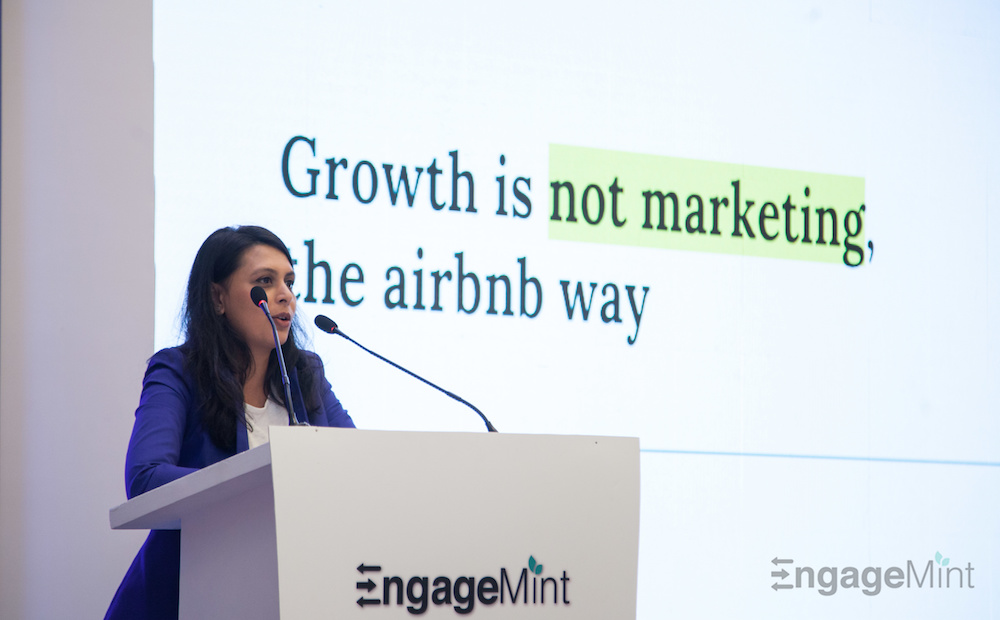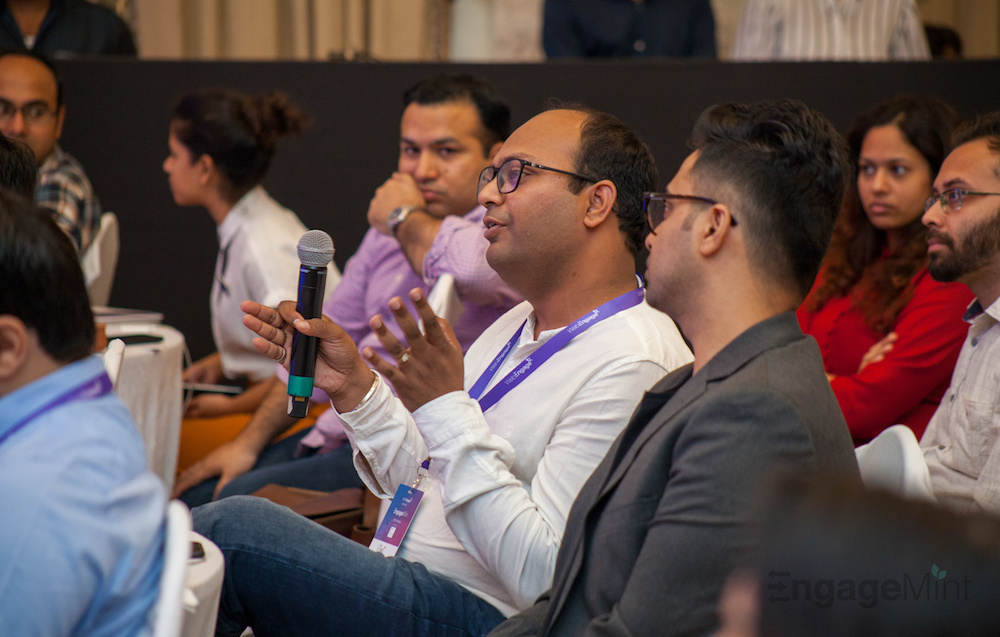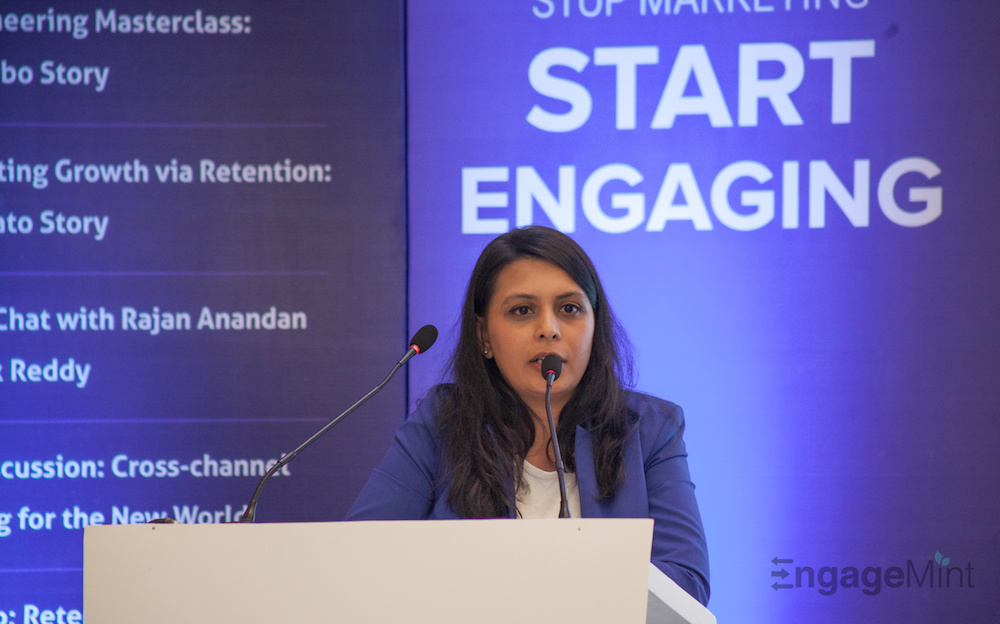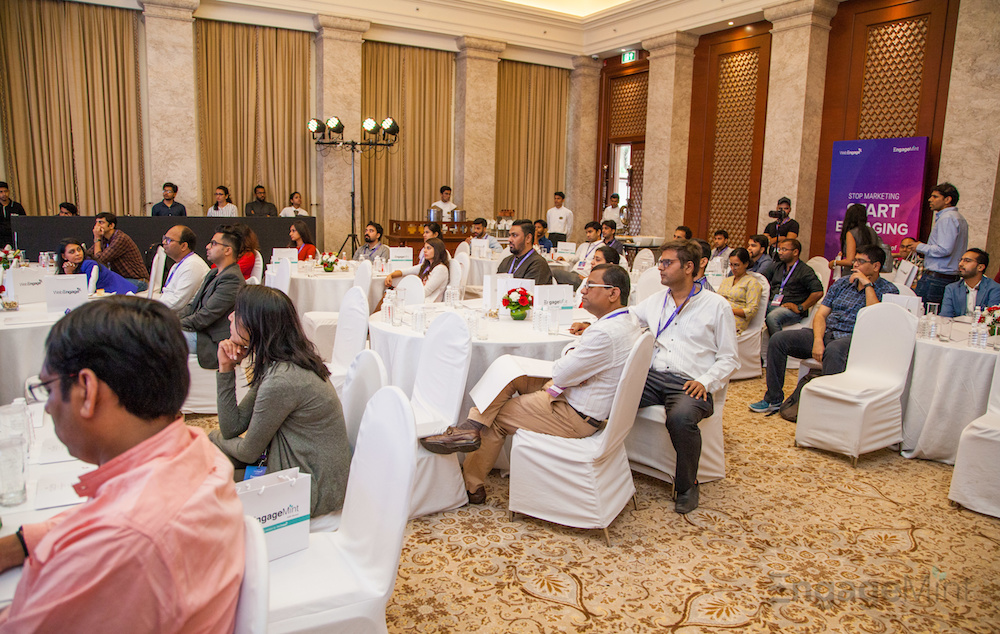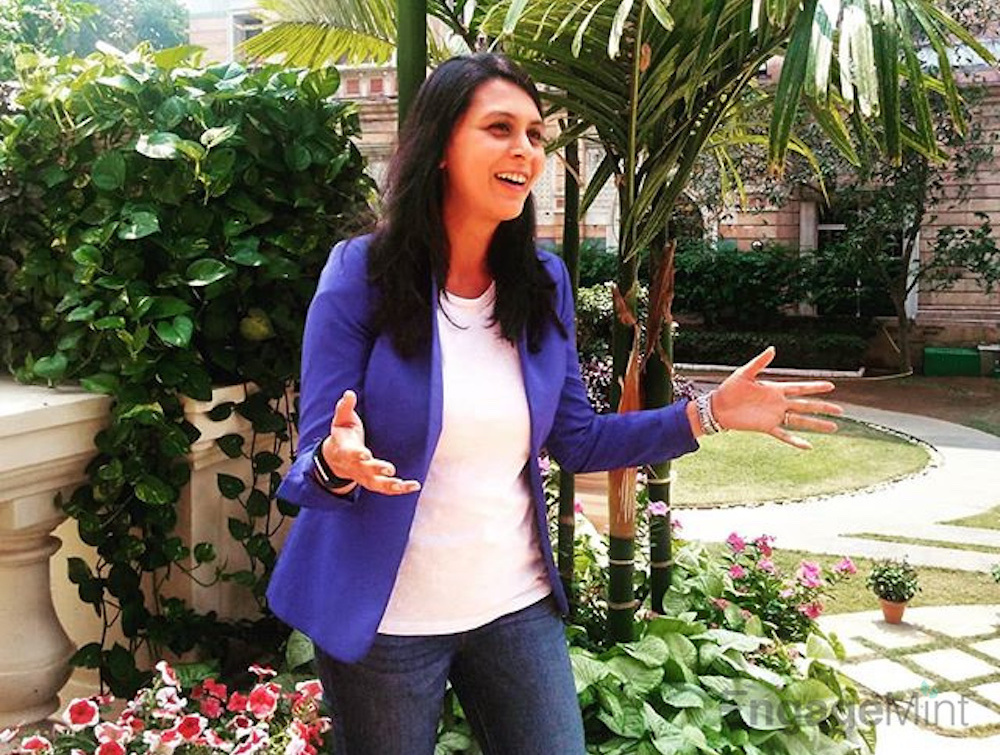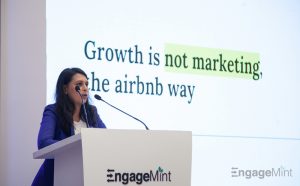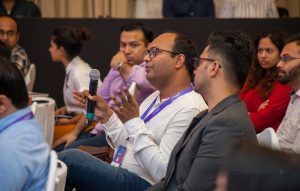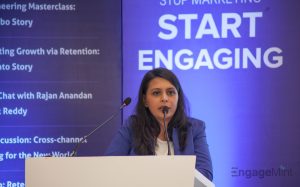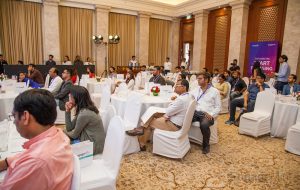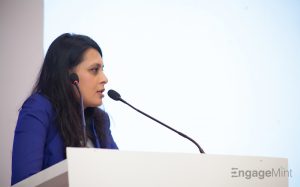Keynote: Growth is NOT Marketing, the Airbnb Theory
The first edition of WebEngage’s flagship conference, EngageMint, was held on March 13, 2018. It was a day long, closed conference, featuring leading entrepreneurs of India. Attended by 75+ CEO, CMOs and Founders, the theme of the conference centred around how building customer retention into your product is the way forward for modern digital businesses.
We had the pleasure of having Mona Gandhi, the first female engineer at Airbnb and founding member of their growth team, open the conference with a compelling keynote.
‘Growth is not marketing’ – May sound like a controversial statement, but bear with us. What we intend to convey by this statement is that growth is not just about marketing campaigns, running Google ads or acquiring new users – it’s bigger than this.
So, What is Growth?
Mona began her talk by explaining how the team at Airbnb perceived growth in their early days, a philosophy which helped them become one of the biggest accommodation aggregators in the world.
“Marketing is a very small aspect of growth. If you look back at the history of how the internet companies evolved, you will see a trend of what increases your probability of being successful. 1990’s, building great technology was leverage enough to make it big. Fast forward to 2000’s, simply building great tech wasn’t enough. Design sensibilities and user experience started playing an important role in being a successful online company. But today, having great tech and a good product has become more mainstream. So most companies which are doing decently well, have both. Then what becomes your differentiator? It’s great distribution.” – Mona Gandhi
Great Distribution is Growth
How you actually get to your end user, get them to try your product and keep them around is the biggest driver of growth today. But this is not just limited to marketing. In the early days of Airbnb, Mona and her team thought of distribution as the driving factor of growth. For this purpose, they broke the concept of distribution into three buckets; Acquisition, Retention, Monetisation.
“Make distribution your differentiator. Because, distribution is growth.” – Mona Gandhi
‘Acquisition is not just Marketing’ – While Marketing and PR are great seed channels of acquisition, it’s not the only source of acquisition. It’s important to build acquisition into your product. How? At Airbnb, they found an interesting solution to tackle this challenge – building compounding loops into the product.
For Airbnb, referrals served as a compounding loop. This way, if you spend $x on acquiring one users, and have referral kick-in early-on into the product’s lifecycle, then each acquired user will add on more users and so on, reducing your cost of acquisition (CAC) substantially. Also, this way, the product’s referral ecosystem will take care of acquisition.
Retention is Growth
“It’s better to have a hundred customers that love you, than ten thousand customers who use your product only when it’s incentivised.” – Mona Gandhi
‘Retention is largely about figuring out how you can get your users to the AHA moment of your product, as soon as possible’ – User retention is not easy. But if built into your product’s experience, it becomes easier to make your product sticky. Getting your users to discover the core value of your product early on in their discovery stage is the most important driver of retention.
‘Retention is something that the entire company should focus on’ – Retention is simply making sure than your product creates enough value for users to keep coming back, again and again. Thinking about retention in buckets or silos is only going to complicate things in the long term – low retention rates is the most common, silent killer for startups.
‘Not focussing on retention, in the early days of your business is equivalent to living with a leaky bucket’ – Most early stage businesses get caught up in increasing the number of acquisitions, unique visitors and completely focus on metrics like DAU (daily active users) and MAU (monthly active users). But by doing so, they miss out on the complete picture. Not fixing retention early-on is equivalent to pushing newly acquired users into a leaky bucket, with no hooks to engage them or bring them back. As a result, product usage goes down and monetisation never kicks in. (Nightmarish eh?)
Product Monetisation is Growth
‘One of the biggest mistakes entrepreneurs make, is not thinking about monetisation early-on’ – Finding users first, and then thinking about money does not work for a majority of startups. You need to start thinking about monetisation upfront by identifying the key value proposition of your business and doubling down on that.
‘Building monetisation into your product helps make growth sustainable’ – If you have given monetisation some thought in the early stage of your business, it helps with two things;
1. More room to experiment with acquisition channels by focussing on the cohorts which are the biggest contributors to your revenue.
2. Double down on the aspects of your product which appeal the most to your paying users and build more features around it.
The Airbnb growth story largely revolves around how the team leveraged strategies to drive customer retention, product monetisation and distribution through the right channels with just one goal in mind – making it big.
Watch Mona Gandhi talk about the Airbnb Growth Story and how you can implement their learnings for your business:
More videos from the first edition of EngageMint:
Retentioneering Masterclass: The Goibibo Story by Vikalp Sahni, CTO at Goibibo
Skyrocketing Growth via Retention: The Zomato Story by Rahul Ganjoo, VP Product at Zomato
Panel Discussion: Cross-channel Marketing for the New World
